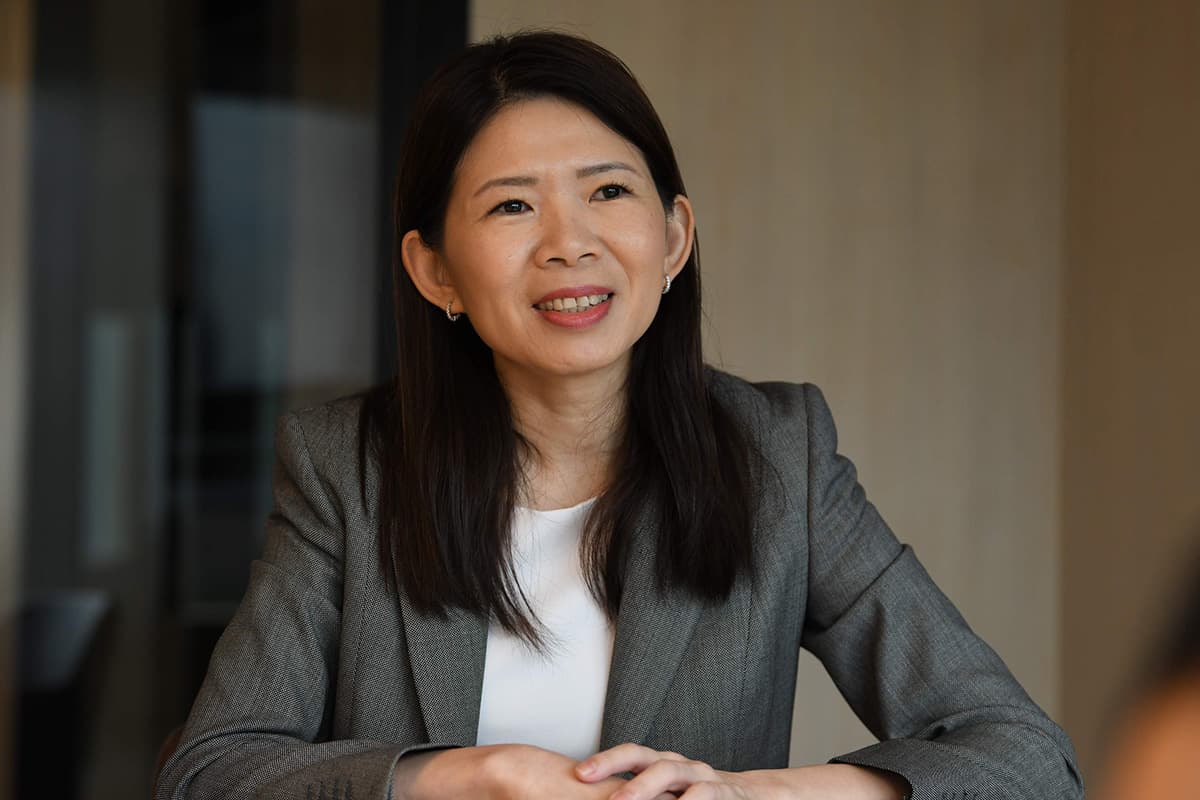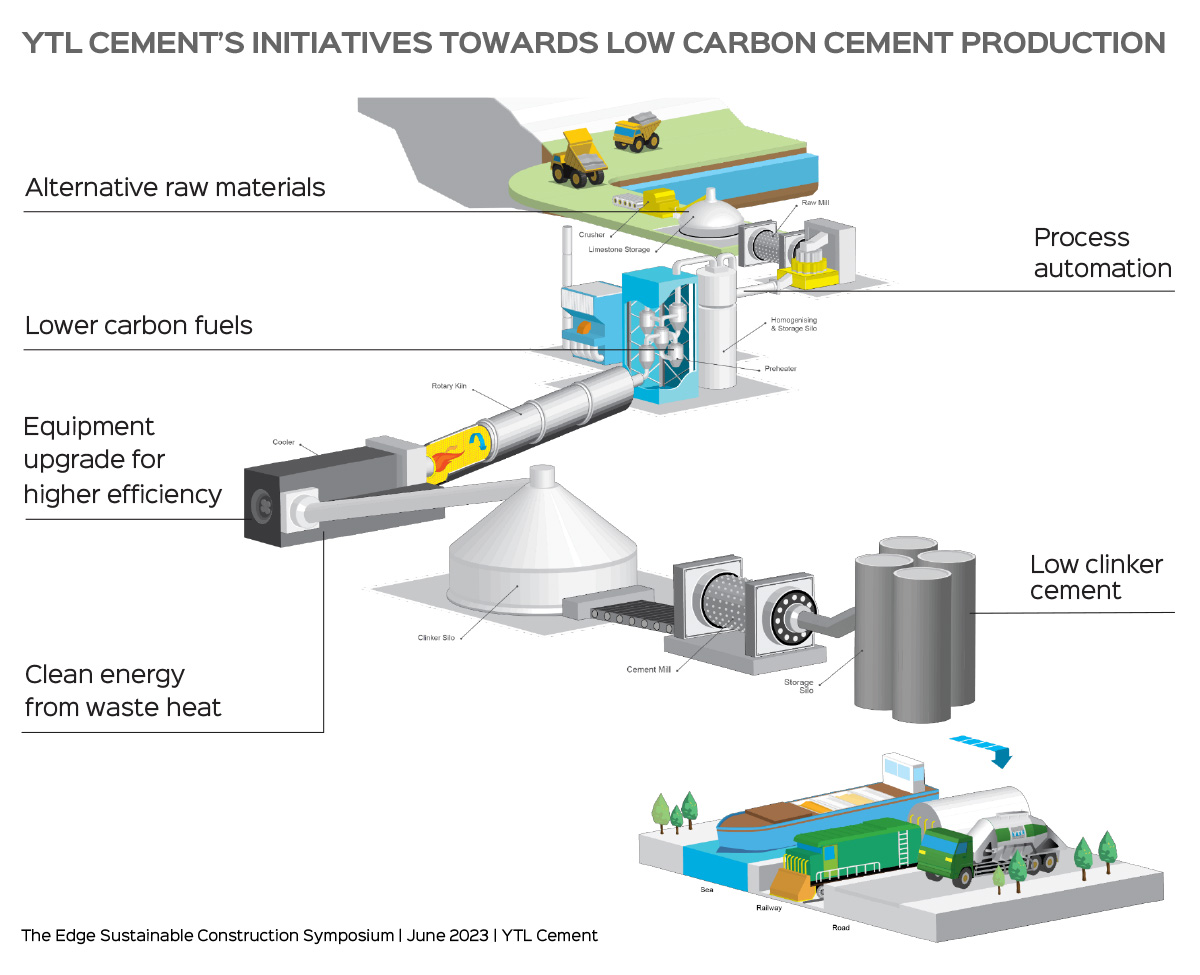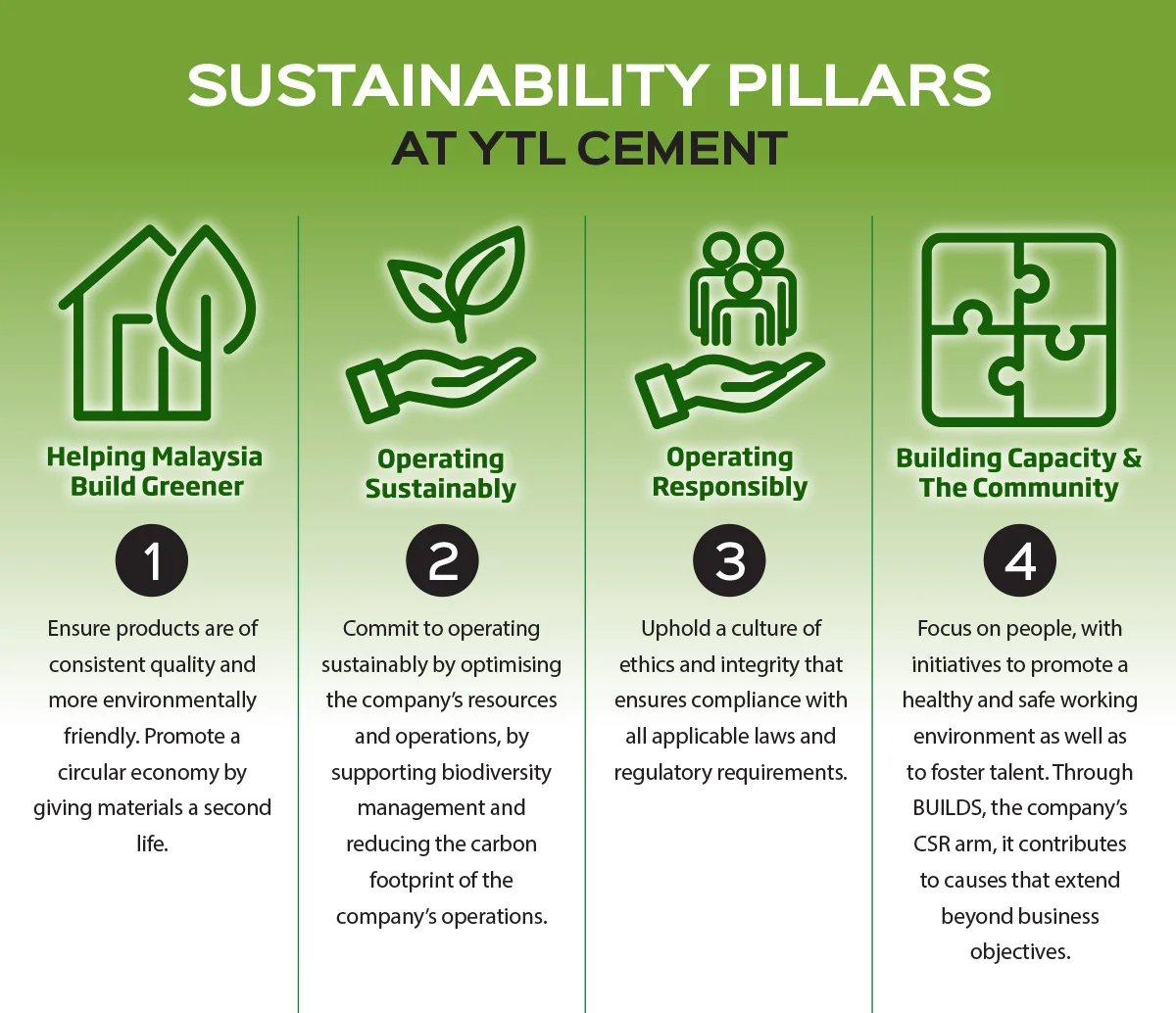
The journey to sustainable construction should “begin with the end in mind” as it will allow for holistic solutions that will eventually lead to the achievement of the goal, says YTL Cement head of sustainability Clarisse Loh. YTL Cement is pushing the agenda of sustainable construction via its sustainable building materials, in line with growing concerns about sustainable living for the future.
What is the future of sustainable construction?
Clarisse Loh: When we talk about sustainable construction and green buildings, often people associate it with sophisticated or special projects. Sustainable construction and green buildings will be the norm but we should approach it in a different way.
At this moment, we have a checklist of pre-determined criteria that we must fulfil to be considered a green development. However, instead of starting with a checklist, why not start with the end in mind?
We should ask ourselves what environmental performance we want to achieve and then work backwards on the solutions we need. This will influence the construction design, the selection of building materials and construction methods, thereby driving innovation in design, construction methods and materials.
To stay competitive, building material producers will then need to innovate to produce building materials that meet the new construction methods and sustainability expectations, which include lower embodied carbon, durability, health and end-of-life management.
At YTL Cement, we have responded to these needs by introducing our ECO Product Range: ECOCem, ECOConcrete, ECODrymix and ECOSand.
We are the first to offer the construction industry a more sustainable alternative through the ECO Product Range, which has lower embodied carbon than conventional products while still being able to deliver the same, if not better, performance.
The products in this range also offer improvement in multiple environmental aspects while meeting the need for superior product performance.
What are the environmental benefits of YTL Cement’s ECO Product Range?
There are several benefits, such as:
1. Lower embodied carbon
Our ECO products are made with lower embodied carbon. ECOConcrete is 20% to 60% lower in embodied carbon compared to CEM I cement.
Embodied carbon is the carbon footprint of a material. It considers greenhouse gas emissions throughout the supply chain.
2. Extended lifespan
Our ECOConcrete can be specified for 100-year durability. Even without that, concrete is known to last for decades. Such durability means we don’t have to build again or replace any part of the building because replacement involves new materials that would contribute to carbon emissions.
That translates into lower embodied carbon from maintenance and replacement. This again contributes to the lower embodied carbon of the entire project.
3. Recyclable at the end of service life
Even though it is not widely practised in our country at the moment, this is an important lever in sustainable construction. Demolished concrete can be recycled and reused.
4. Health and well-being
ECOConcrete and ECODrymix are inert, meaning they are chemically non-reactive and do not emit harmful levels of volatile organic compounds. This is an important feature any building material must have at such a time when the incidence of cancer and other health conditions is reported to be on the rise.
5. Circular economy
Each year, the public and industries in Malaysia generate more than 30 million tons of waste. While some of them are recycled, there remains a significant volume that is disposed of at landfills. Both YTL Cement and our customers can contribute to dealing with this environmental challenge.
Our ECOCem, ECOConcrete and ECODrymix are made with a certain percentage of recovered materials. Projects that utilise these ECO products indirectly contribute to the sustainable management of waste, reducing landfill disposals and risks to future generations.
What is YTL Cement’s commitment to sustainability that extends beyond low carbon?
Being the nation’s pioneer and largest homegrown cement company, we want to lead the transition to sustainable construction. We want to help Malaysia build greener. Therefore, it is important that our organisation takes measures to be more sustainable in our operation. We have our four Sustainability Pillars.
It feels like there is resistance to change in the industry. How can we collectively overcome it?
It is human nature to not want to change unless it is easy and convenient. There needs to be a collective will and effort to change. All stakeholders must come together.
Hence our collaboration with the Construction Research Institute of Malaysia (CREAM) comes in. (CREAM, a subsidiary under the Construction Industry Development Board Malaysia, is responsible for conducting research and development for the construction industry.)
We are working to design training programmes for youth to be certified as concrete technicians and develop the training syllabus for accreditation programmes for qualified personnel in operations.
On cost considerations, there has been widespread misconception that sustainable building materials are more expensive. On the contrary, our ECO product range is competitively priced.
It is also important to have the know-how, and that is why we have the YTL Cement Seminar Series to share information on sustainable building materials.




